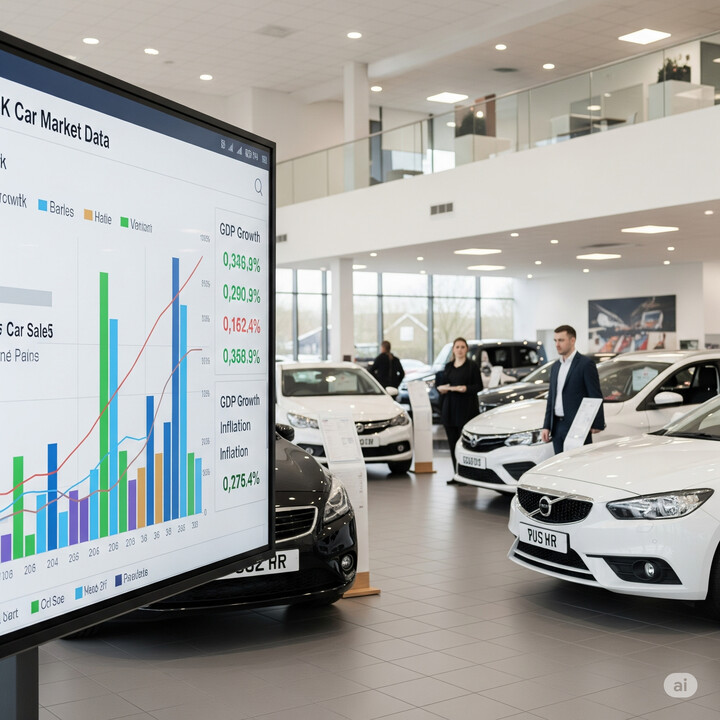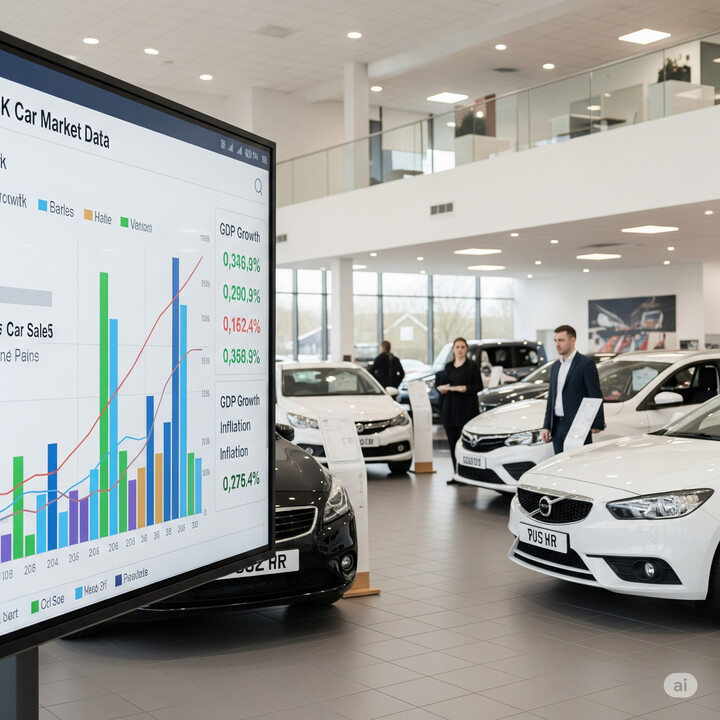
SKODA CITIGO IV (2019-21)
The SKODA CITIGO IV (2019-21) is a practical and compact city car that’s perfect for navigating busy urban streets and those looking for an affordable, economical vehicle. Known for its small size and agility, this hatchback is a popular choice among first-time drivers, commuters, and city dwellers who need a reliable car for everyday use. With an average mileage of just over 18,000 miles, many SKODA CITIGO IVs are well-maintained and ready for everyday driving. Its simple yet modern design, combined with great fuel economy, makes it an appealing option for those looking to keep running costs low.
What makes the SKODA CITIGO IV (2019-21) stand out in its class is its reputation for reliability, ease of driving, and efficient performance. It’s often compared favorably with rival city cars for its practicality and smart use of space. With an average private sale valuation of around £15,031, it represents a cost-effective choice for budget-conscious drivers. Whether used as a reliable daily commuter or a first car, the SKODA CITIGO IV offers a friendly and sensible option in the small car market, making it a worthwhile consideration for those seeking a compact vehicle that’s easy to maintain and ideal for city living.

average use

Based on the most recent mileage recordings for SKODA CITIGO IV (2019-21) vehicles, the majority—69%—are recorded with mileage between 0 and 10,000 miles, indicating that most of these vehicles are relatively low mileage. A significant portion, 17.2%, falls within the 10,000 to 20,000 mile range. Smaller percentages are recorded at higher mileages: 6.9% between 20,000 and 30,000 miles, and around 3.4% each for the 30,000 to 40,000 miles and 40,000 to 50,000 miles brackets. This distribution suggests that these vehicles tend to be quite new or lightly used, which could be appealing to buyers seeking low-mileage cars.

vehicle values

The data on private sale prices for SKODA CITIGO IV (2019-21) indicates that the most common price ranges fall between £13,000 and £18,000, with notable peaks in the £17,000 to £18,000 bracket accounting for 31% of listings. There is a significant clustering around the £10,000 to £11,000 and £15,000 to £16,000 ranges, each representing roughly 7% to 14%. Interestingly, the lower £8,000 to £10,000 ranges collectively comprise about 14% of sales, while higher prices above £18,000 are less frequent. This suggests that the typical private sale price for this model skews towards the £13,000 to £18,000 band, reflecting its market value and demand within that range.

production years

The data indicates that the majority of Skoda Citigo IV vehicles (2019-21) were manufactured in 2020, accounting for approximately 96.6% of the sample. A small proportion, about 3.4%, were manufactured in 2021. This suggests that most vehicles of this model were produced during the 2020 manufacturing period, with very few from 2021, possibly reflecting the initial release or high sales during that year.

colour popularity

The data indicates that the most popular main paint colours for the SKODA CITIGO IV (2019-21) are Silver (27.6%) and Red (24.1%). Notably, these two colours together account for over half of the vehicles (51.7%). In contrast, White, Black, and Blue each represent approximately 13-14%, while Yellow is less common at 6.9%. Overall, the vehicle's colour distribution suggests a preference for vibrant and neutral tones, with Silver and Red being particularly favored among buyers.

ownership cycle

The data indicates that the majority of 'SKODA CITIGO IV (2019-21)' vehicles have had only two registered keepers, accounting for 62.1%. A smaller proportion has just one keeper (13.8%), while a notable 20.7% have had three keepers. A minimal 3.4% have had five registered keepers. This suggests that most of these vehicles tend to stay with their second owner for an extended period, with relatively few changing hands frequently or being sold multiple times within a short span.

engine choices

Based on the available data for SKODA CITIGO IV (2019-21) vehicles, all recorded vehicles are fully electric, with no information on engine capacity provided. This suggests that since 2019, this model is exclusively powered by electric energy, aligning with the trend toward greener, emission-free vehicles. The lack of engine capacity data is consistent with fully electric models, which do not have traditional internal combustion engines, highlighting their modern, eco-friendly design.












